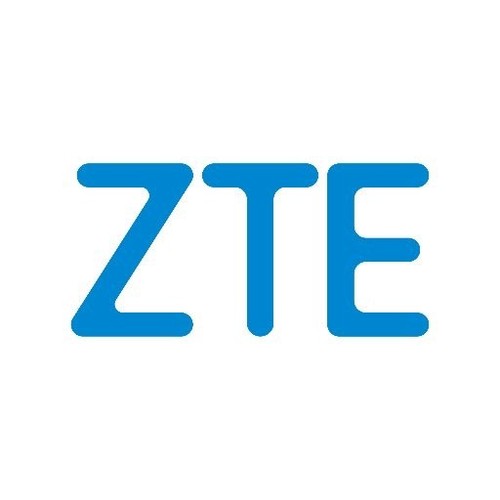Radio Composer: Intelligent Orchestration of User and Network
There is a strong consensus among telecoms professionals that as networks evolve, especially when the industry is migrating into 5G standalone (SA) mode, network architecture should be service-driven.
July 9, 2021

There is a strong consensus among telecoms professionals that as networks evolve, especially when the industry is migrating into 5G standalone (SA) mode, network architecture should be service-driven.
Along the same line, radio resource management, should also go with service demands, moving from “one size fits all” policy to service-aware and adaptive policy. All of these will help operators avoid either under-providing network resources to customers, typically consumers, that may cause customer dissatisfaction and indirectly cause business loss, or over-providing network resources to customers, typically enterprise users, which, though able to guarantee SLA deliverables, may result in inefficient utilisation of network capacity.
Understanding the need of mobile operators to migrate from network-centred resource policy to user-centred policy, to deliver the best service in the most resource efficient way, ZTE has developed and released Radio Composer, an industry-leading intelligent orchestration RAN solution, which is set out to help operators deliver optimal performance.
Figure 1: 
Tang Xue, vice GM of ZTE RAN product line, pointed out that since network in 5G era is much more complicated than before, to achieve optimal performance, multiple influence factors should be analyzed and coordinated by AI mechanism automatically. Specifically, these factors include:
Network service capability, including the multiple frequency service capability combination when the spectrum configuration remains unchanged. It also includes the adaptation of spectrum configuration according to service trend.
Device capability, which refers to the anonymised visibility of devices on the network, for example, mobile devices and other CPEs. The intelligence includes the devices’ support for system, mode and feature running on board.
Service demand is the awareness of demands on network properties (bandwidth, throughput, latency, availability, etc.) by consumer and business services and applications.
Location includes customer locations and movements, and, with sufficient data and machine learning, the customer’s projected movements.
Cross-domain information refers to the data of the AI knowledge plane, which also includes integration of third-party data.
The intelligent orchestration, developed with intelligence from these factors, Tang Xue illustrated the Radio Composer solution, is designed to perform two major functions on the RAN: user orchestration and network orchestration.
User orchestration refines the traditional cells into logical grids that represent the wireless condition, it facilitates service capabilities combo on a certain frequency in the network to improve user experience under the given network service capability.
The key element is the machine learning capability of the orchestration solution, which enables the system to automatically creates two libraries: a grid knowledge library, including coverage capability and spectrum efficiency, to accurately predict the service capabilities of different grids; and a service knowledge library, which intelligently analyses the service types and features initiated by users to implement accurate identification of user requirements. The system then combines the grid-specific experience prediction with accurate service requirement identification and device capability to match targeted policies and guide users to the right cells.
In a typical use case, userorchestration can dynamically steer users to the best experience frequencies or frequency combo. For example, users of devices with weak EN-DC aggregation capabilities can be scheduled to prioritise LTE eNodeB rather than staying on the high load 5G gNodeB.
Network orchestration is also built on a combination of two libraries through machine learning. The network grid library is generated by the system independently learning network service capabilities under different resource configuration (spectrum, carrier, beam, and frame structures). Meanwhile, a traffic mode knowledge library is generated by deep learning of the traffic requirements of different radio access technologies, uplink and downlink, and different spatial directions, so that the orchestration solution can accurately predict the future traffic requirements of the network. It can vastly reduce network planning complexity as the network can be adjusted adaptively after one planning, at the same time, improve network service capabilities and network efficiency.
There are plenty of use cases for intelligent network orchestration, the most prominent applications include spectrum orchestration, carrier orchestration, frame structure orchestration, and slicing orchestration.
Radio Composer is both a response to and a move to lead the ongoing trends in network evolution, especially the evolution of 5G. Tang Xue summarized that Radio Composer will become a symbol of 5G advanced and beyond in the future, it will grow and evolve from four aspects, network as a service, scenario-based service, all-scenario intelligence, and BBU intrinsic.
To be followed by ZTE’s future iterations of intelligent orchestration solutions, it will deliver tangible business benefits to mobile network operators.
This content is sponsored by ZTE.
ZTE Corp. (Shenzhen: 000063; Hong Kong: 0763)
You May Also Like










